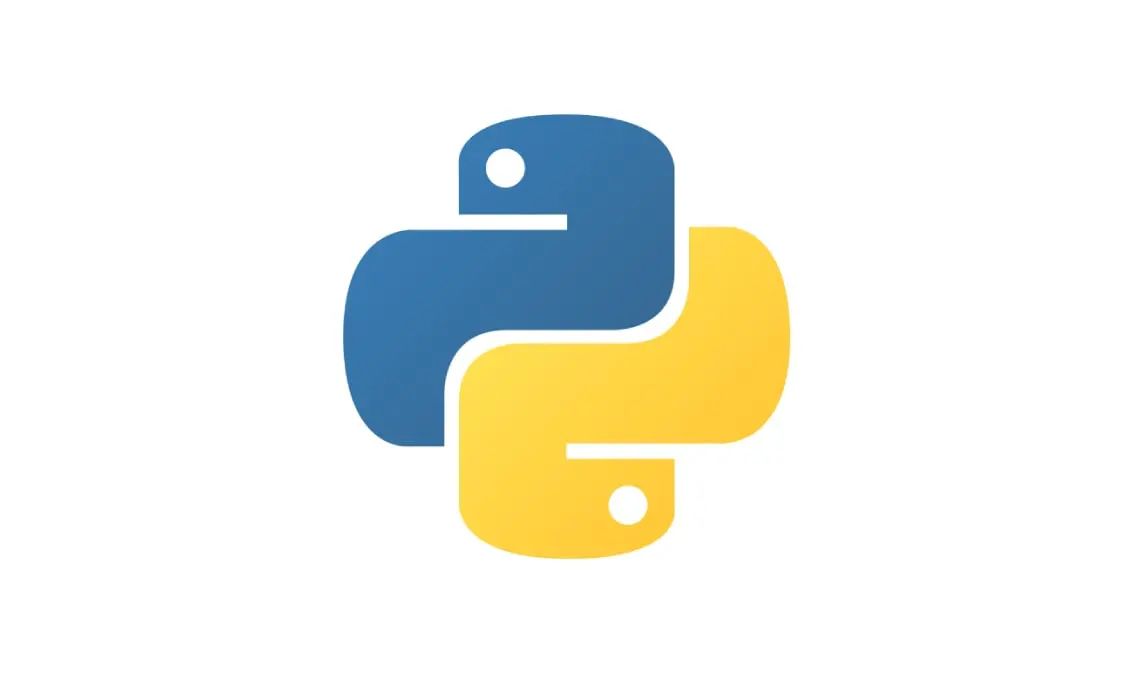Python is one of the most popular and versatile programming languages in the world. Known for its simplicity and readability, Python allows developers to build everything from simple automation scripts to powerful artificial intelligence systems. Whether you are a complete beginner or transitioning from another language, Python is an excellent choice for starting your programming journey.
Table of Contents
A Brief History of Python
Python was created by Guido van Rossum in the late 1980s and officially released in 1991. It was designed with the philosophy of making code easier to read and write. Over the years, Python has evolved into a robust, multi-paradigm language that supports object-oriented, functional, and procedural programming.
Python’s official documentation, available at Python.org, describes it as “an interpreted, object-oriented, high-level programming language with dynamic semantics.” Today, it powers millions of applications across industries like data science, web development, and machine learning.
Why Learn Python in 2025
Python continues to dominate the tech world for several reasons:
- Ease of Learning: Its syntax is close to plain English, which makes it beginner-friendly.
- Cross-Platform Compatibility: It runs on Windows, macOS, Linux, and even mobile devices.
- Extensive Libraries: From web development (Django, Flask) to AI (TensorFlow, PyTorch), Python has libraries for almost everything.
- Community Support: With millions of developers, you can find tutorials, forums, and open-source projects easily.
Installing Python
Getting started with Python is simple.
- Go to python.org/downloads and download the latest version.
- During installation, check “Add Python to PATH.”
- Open your terminal or command prompt and type:
python --versionIf you see a version number, Python is ready to use.
Your First Python Program
Let’s write your first program the classic “Hello, World!” example.
print("Hello, World!")
That’s it. Just one line of code prints text on the screen.
Unlike C++ or Java, you don’t need to declare main functions or data types. This simplicity is one of Python’s biggest advantages.
Key Features of Python
Python offers a combination of simplicity and power that makes it ideal for beginners and professionals alike.
- Interpreted Language: Code executes line by line, making debugging easier.
- Dynamically Typed: You don’t need to specify data types manually.
- Extensible and Portable: Can integrate with C/C++, Java, and more.
- Large Standard Library: Contains built-in modules for math, networking, file handling, and more.
- Open Source: Completely free and supported by a global community.
Where is Python Used?
Python’s flexibility makes it useful across diverse fields:
- Web Development: Django, Flask, and FastAPI frameworks
- Data Science: NumPy, Pandas, Matplotlib
- Machine Learning and AI: TensorFlow, Scikit-learn, PyTorch
- Cybersecurity and Automation: Scripting tools for ethical hacking and system administration
- Software Testing and Game Development: PyTest, Pygame, and more
According to the TIOBE Index, Python has consistently ranked as one of the top programming languages globally for several years.
Advantages of Learning Python
- Beginner-Friendly: Simple syntax ideal for new programmers.
- Versatile Applications: From web apps to data analysis.
- Strong Community: Extensive tutorials, libraries, and documentation.
- High Demand in the Job Market: Python developers are among the most sought-after professionals.
Example Program
Let’s look at a simple Python program to calculate the area of a circle.
radius = float(input("Enter the radius: "))
area = 3.14159 * radius * radius
print("Area of the circle:", area)
This demonstrates how easy it is to take input, perform calculations, and display output in Python.
Conclusion
Python is more than just a beginner’s language it’s a gateway to modern technologies like artificial intelligence, data science, and cybersecurity. By learning Python, you are investing in a skill that remains future-proof and in high demand. Also Check C++ Variables and Data Types – Comprehensive Guide – 2025


1 thought on “What is Python – Comprehensive Ultimate Guide – 2025”